In a piece they recently published titled “Used Rolexes Are Beating the Stock Market,” the Wall Street Journal covers a recent report by Boston Consulting Group (funded in part by WatchBox) that states that “Preowned luxury watches have become so coveted that the market for them has outpaced the overall stock market, growing about 20% annually from mid-2018 through this January, compared with the S&P 500 index’s yearly growth rate of 8% during that period.” The piece also underlines BCG’s findings that in 2021, preowned watches accounted for nearly a third of the $75 billion luxury watch market worldwide and that preowned-watch sales rose 3% in 2020 after the pandemic started even though sales of new watches fell 17% that year.
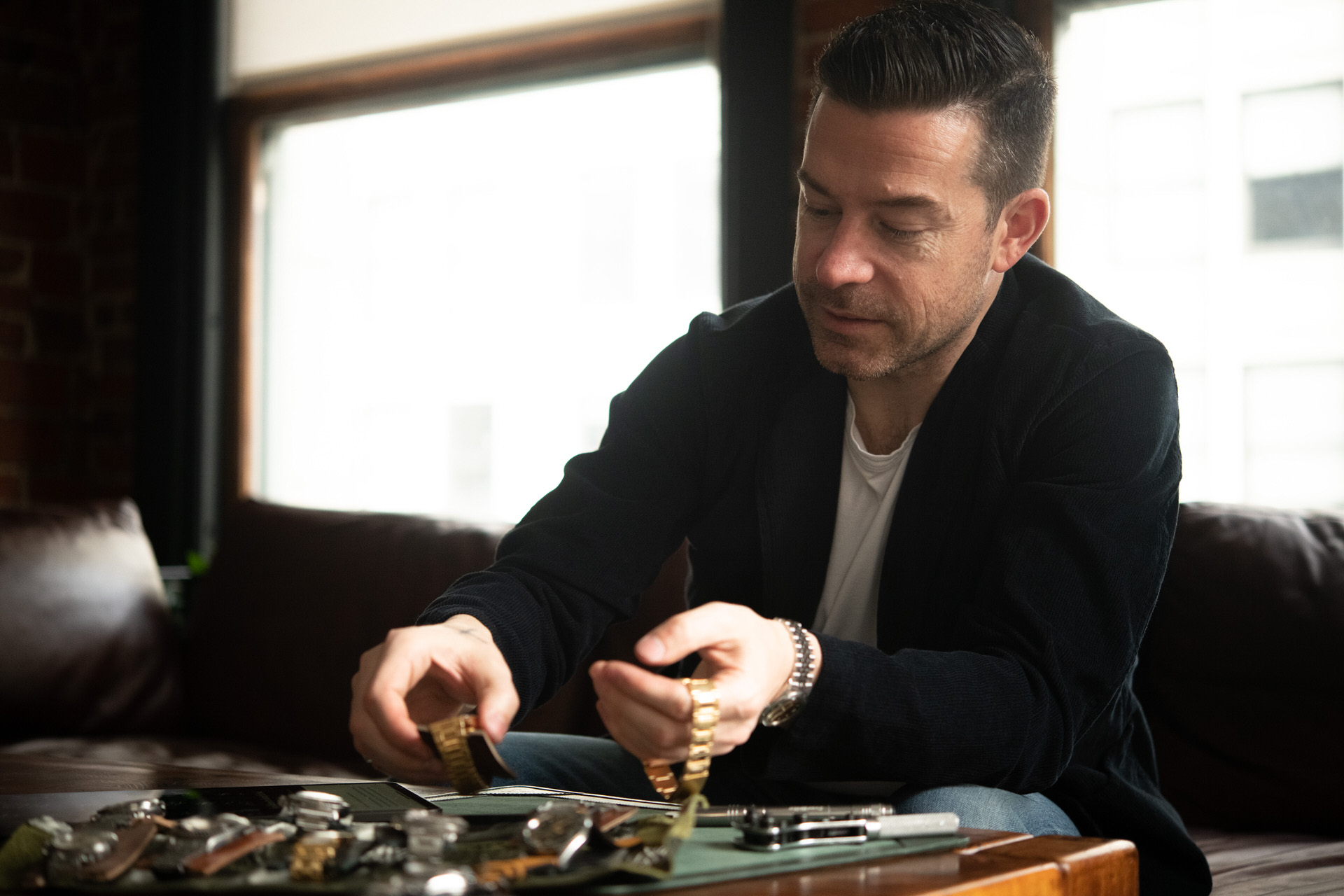
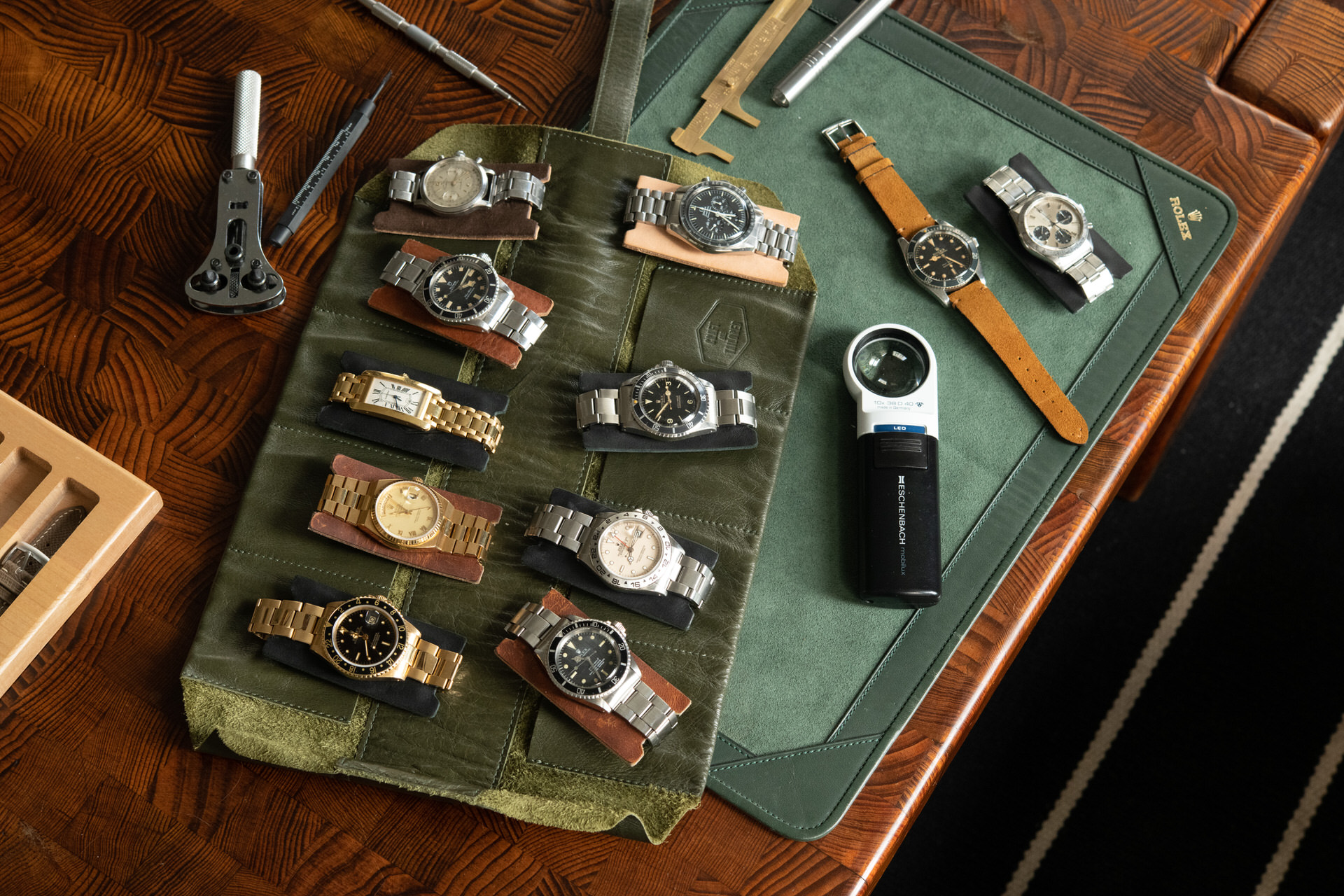
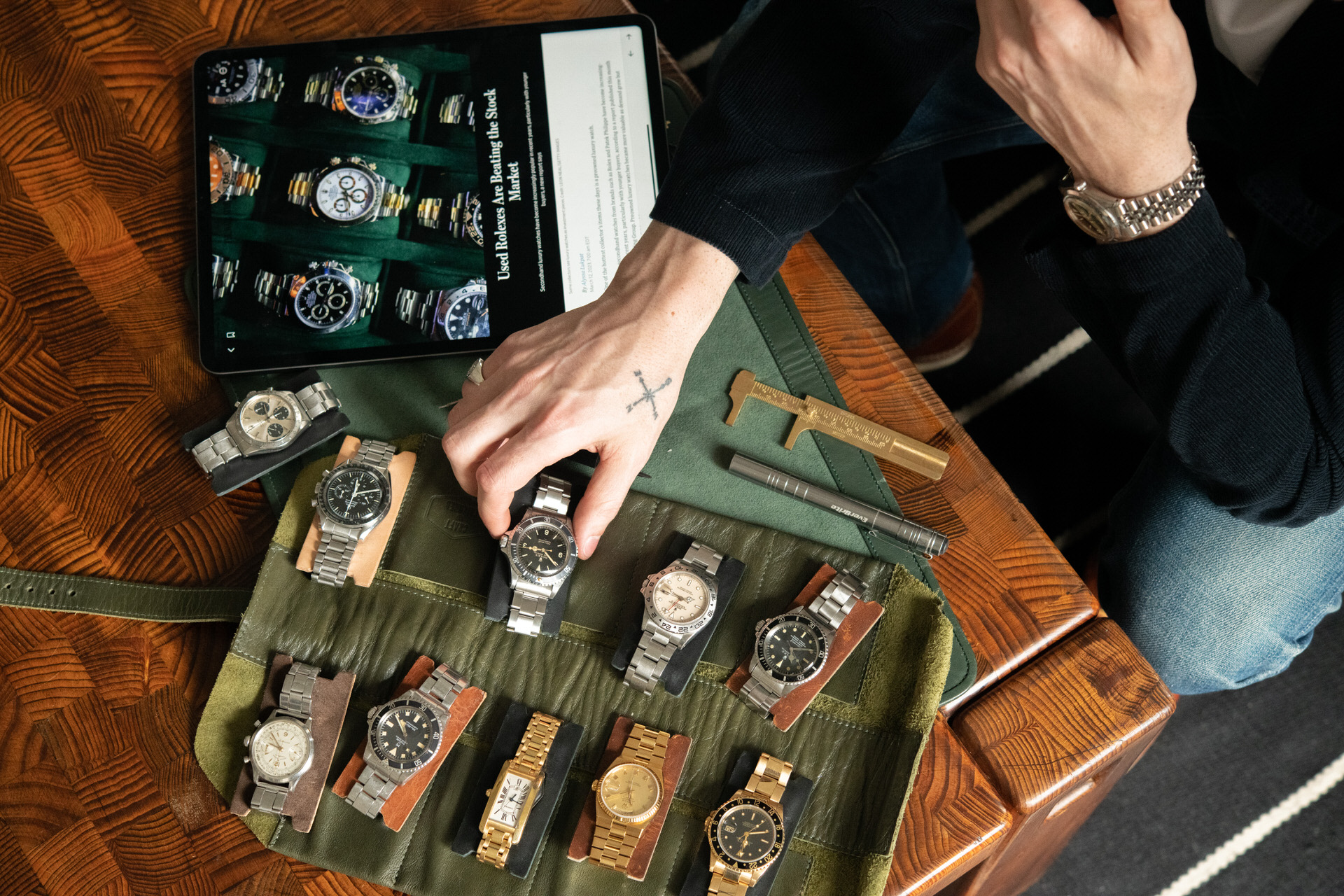
Those figures are undeniable, but there’s much, much more to the story than just a study proving the viability of used watches as investment assets. Yes, high end wristwatches as an asset class have hit the mainstream in a big way recently. Young people are interested in them in a way that’s unprecedented and that’s been great for the market and for the hobby, but this article has a few things we need to take a closer look at and really consider.
Firstly, the piece specifically calls out the secondary market for modern ceramic Daytonas, an incredibly popular watch that we all know has historically sold for substantially higher prices than retail because of Rolex’s inability (or unwillingness) to produce them consistently. We’ve all seen the “For Display Only” plaques in the cases at the AD. It’s simple supply and demand, but while those contemporary Daytonas are still desirable watches, the truth of the matter is they’re simply not that easy to sell for the prices people are asking for them these days. The fact that there are over 150 steel ref. 116500 Daytonas listed on Chrono24.com right now should tell you all you need to know about whether or not those watches are actually selling for 2-3x retail these days. The truth is the secondary market for modern watches – even those that are difficult to get from an AD at retail – is over-hyped. That side of the market has almost identically mirrored the crypto rollercoaster and cooled. Of course a ceramic Daytona is a fine watch and one of the only modern Rolex pieces I’d personally own and wear, but in terms of investment, we must collectively accept the fact that these watches are really not that exclusive. They’re still being made, there’s no variance between them from example to example, and the modern materials used to manufacture them all but ensure that they’re never going to age in the ways that make vintage pieces so unique and desirable to many collectors. It’s a falsely inflated market and while the numbers being reported may be really appealing to new buyers, I think these watches are ultimately a bad investment. The variance between vintage watches is where the true exclusivity is found; it comes to down to your ability to find another example that has the same attributes, which becomes becomes incredibly difficult with true vintage watches.
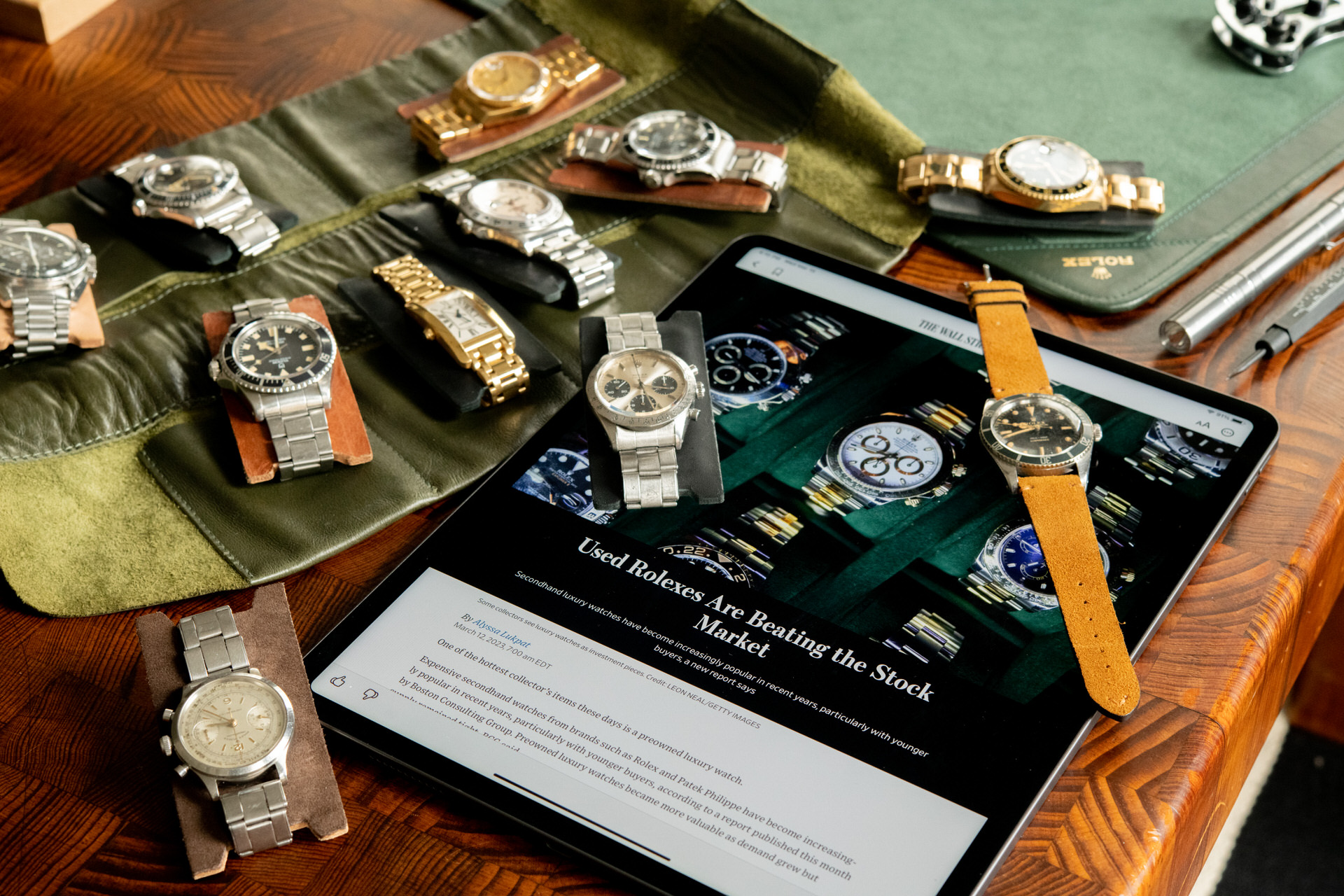
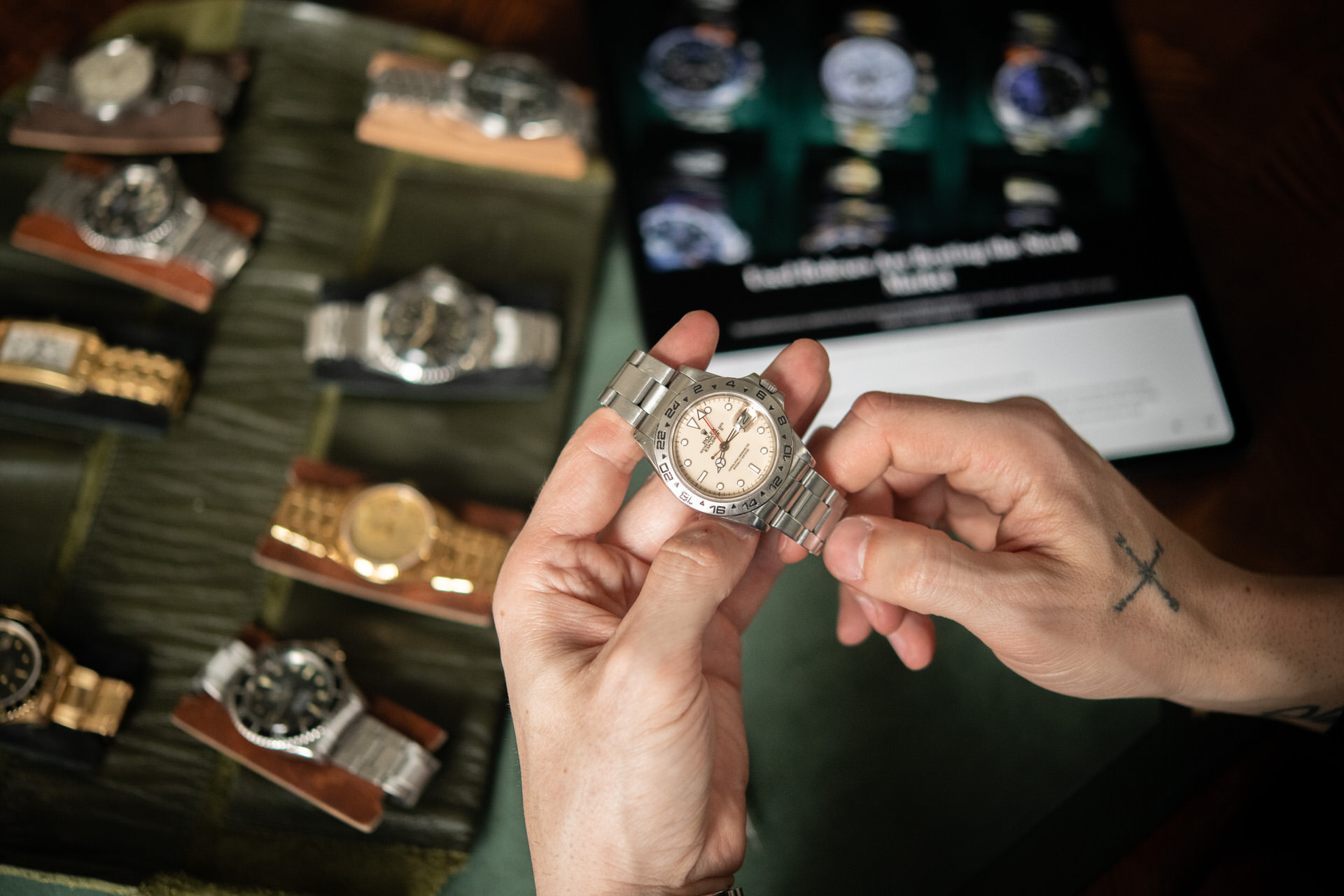
I’m admittedly a little biased as a (primarily) vintage devotee and dealer, but the truth is something like a nice example of a vintage piece in the same category like a “Zenith” Daytona is a much smarter buy than contemporary Rolex on the secondary market. Despite being a relatively modern watch from Rolex, even within the “Zenith” Daytona range, there were five different dial variants made of the ref. 16520 alone. Within the context of modern Rolex, you can only get a steel ceramic Daytona in either a white dial variant or a black dial variant; there’s no nuance, there’s nothing unique available — simply a color binary. Where’s the nuance? Where’s the opportunity for self-expression?Where is the fiber for true collectors looking for something unique — the people that actually turned watches into an investment-grade asset class. The advice I’ve given clients for the past five years is that a watch will generally appreciate at around 20% year-over-year. That is a stable figure, and it’s one we’ve seen work from the inside out. In my opinion, it’s a safe number. But if you’re looking into getting a watch as an investment, you should also be looking at investing in yourself as an enthusiast, too. Despite what the WSJ article might imply, it’s a lot harder to make money investing in watches than you might think – but they are a great investment nonetheless. However, There’s a level of education involved to do it right and while the internet has made it much easier to self-educate, there’s a reason dealers like myself and the other trusted players in this space are in such high demand; we’re professional nerds and while our core business is sourcing and selling great watches, a lot of what we do is simply guiding people looking to build investment-grade collections. The things you really can’t learn through YouTube or forums, like whether or not a handset has been re-lumed, if a movement is correct and originally came with the watch, or if those guarantee papers are actually the authentic article or a nice reprint that someone forged, are my bread and butter. Those are the details that keep me up at night, and they can make or break an investment grade vintage piece.
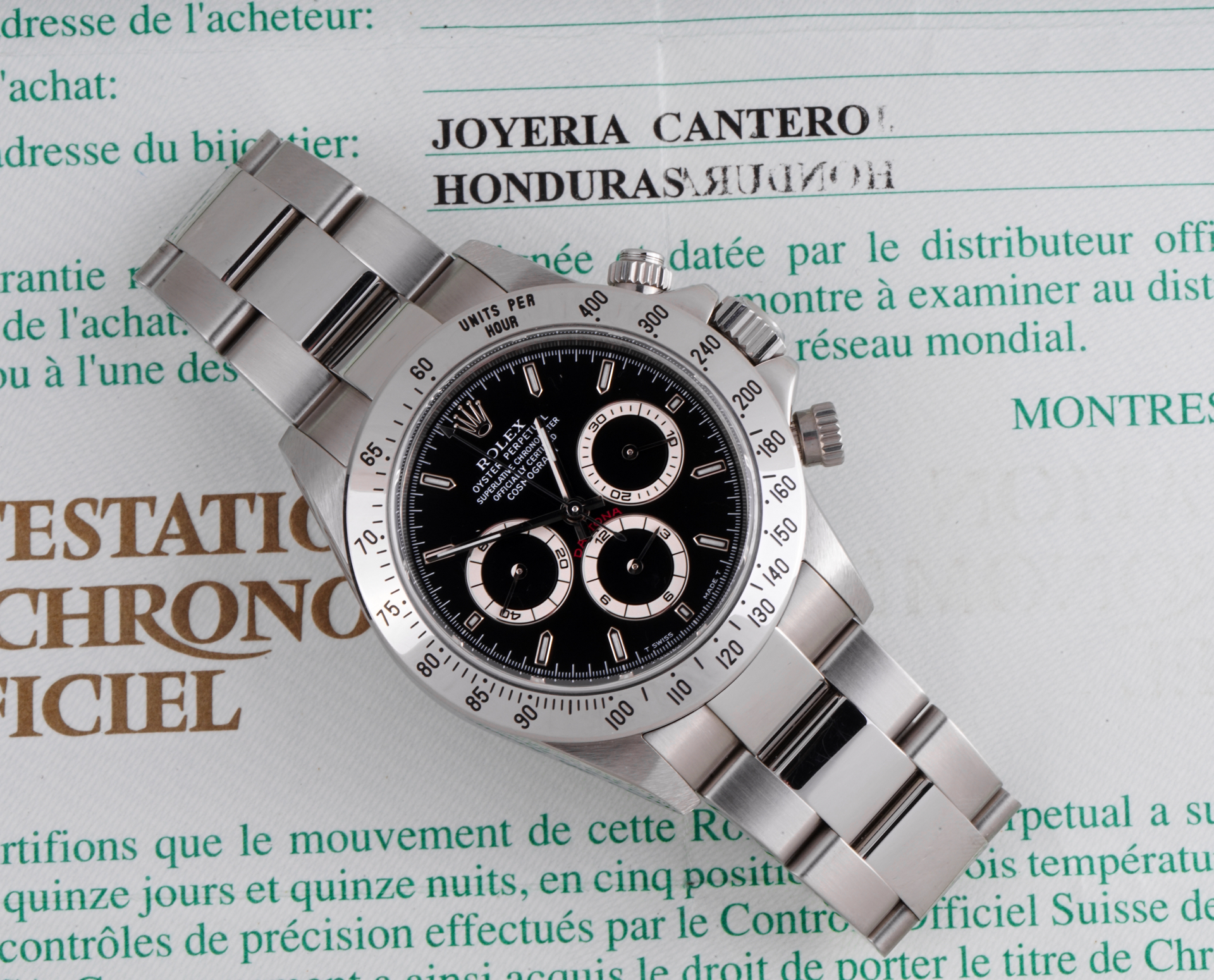


Something that I think also sets me apart from a lot of other dealers is that I whole heartedly believe in taking your time and developing your taste if you’re getting into vintage watches. Regardless of whether or not this is going to become a passion for you or simply a smart place to park your money, knowing what you truly like in a vintage watch and buying what you’ll love for a long time – regardless of market fluctuations – is rule number one. The WSJ article quotes a man named Mr. Ang, who is a fruit distributor in Manila as saying “I look at secondhand watches as a rental. You wear it for a while, you enjoy it and realize, ‘I don’t think it’s me.” To me, that’s a soulless way to approach watch collecting and a bad way to approach investment when it comes to tangible assets. I have always encouraged my greener clients to take their time; that has undoubtedly lost me some quick sales, but I’ve found it’s helped me gain lifer customers that stick with the hobby because they didn’t get burned going all in on the first pieces that spoke to them. It truly is a long game, but it’s an incredibly rewarding one if you can figure out what you love about watches beyond their prospects as an investment.

Check out 'Reference Tracks' our Spotify playlist. We’ll take you through what’s been spinning on the black circle at the C + T offices.

Never miss a watch. Get push notifications for new items and content as well as exclusive access to app only product launches.
Sign up for our newsletter to receive updates and exclusive offers